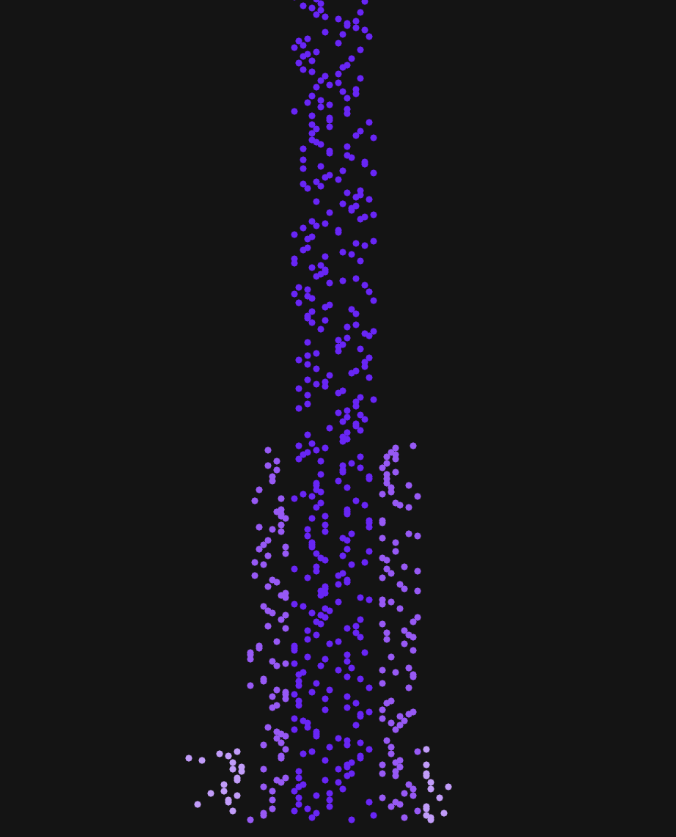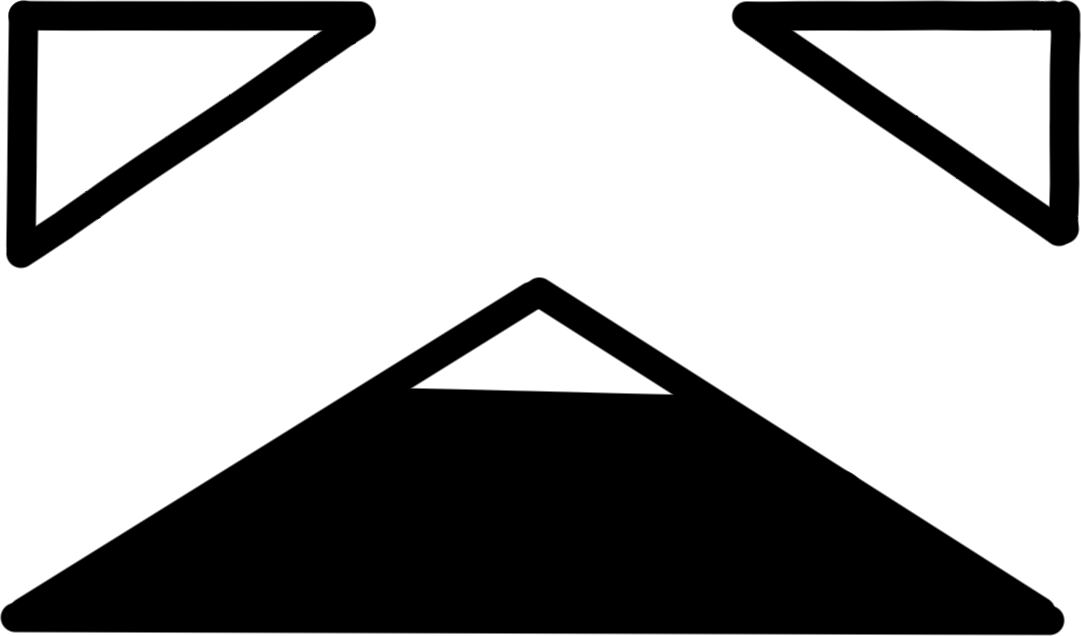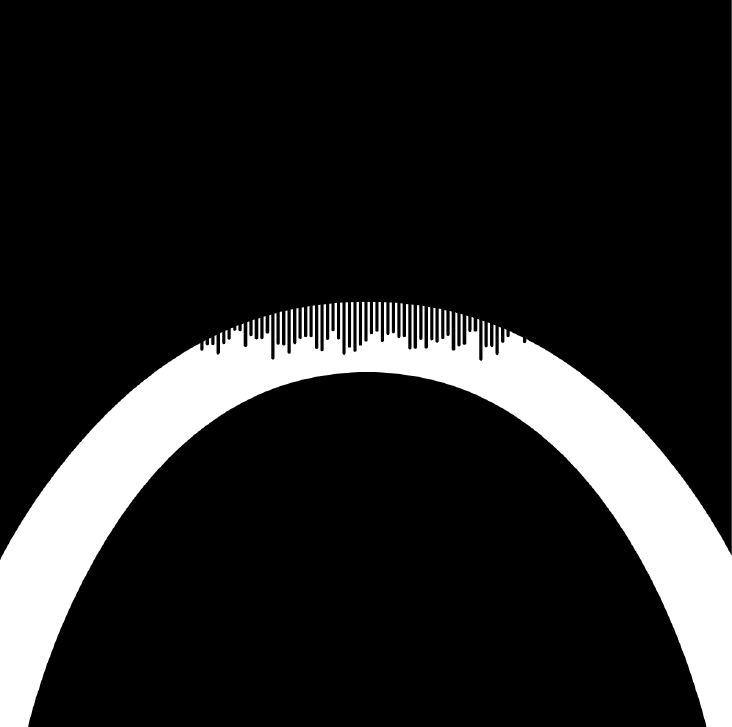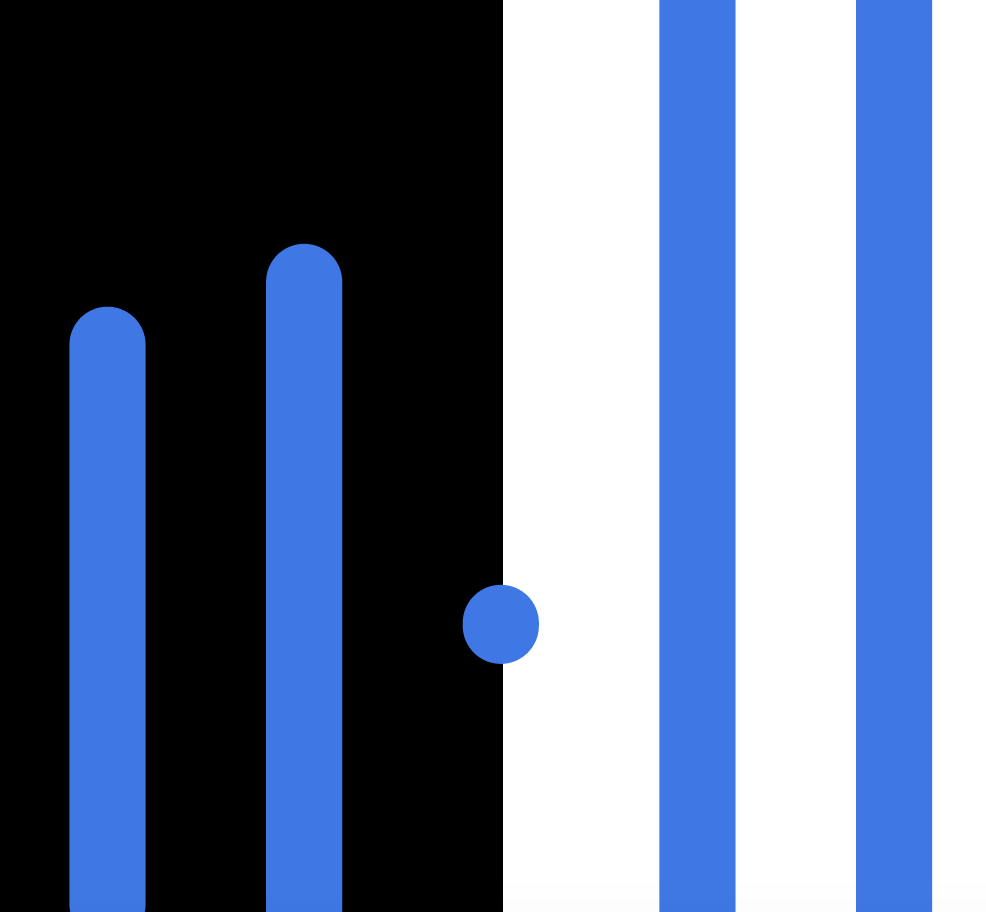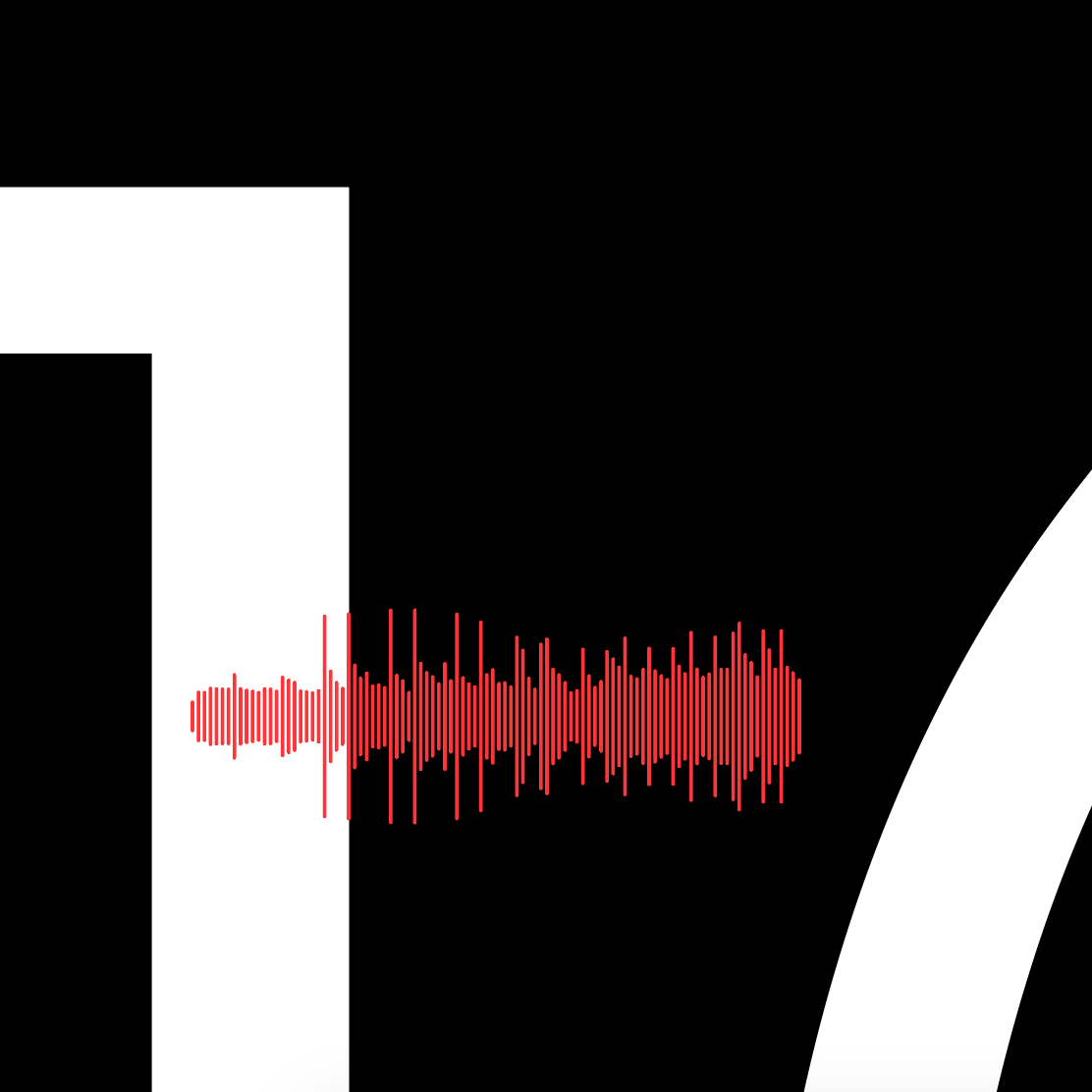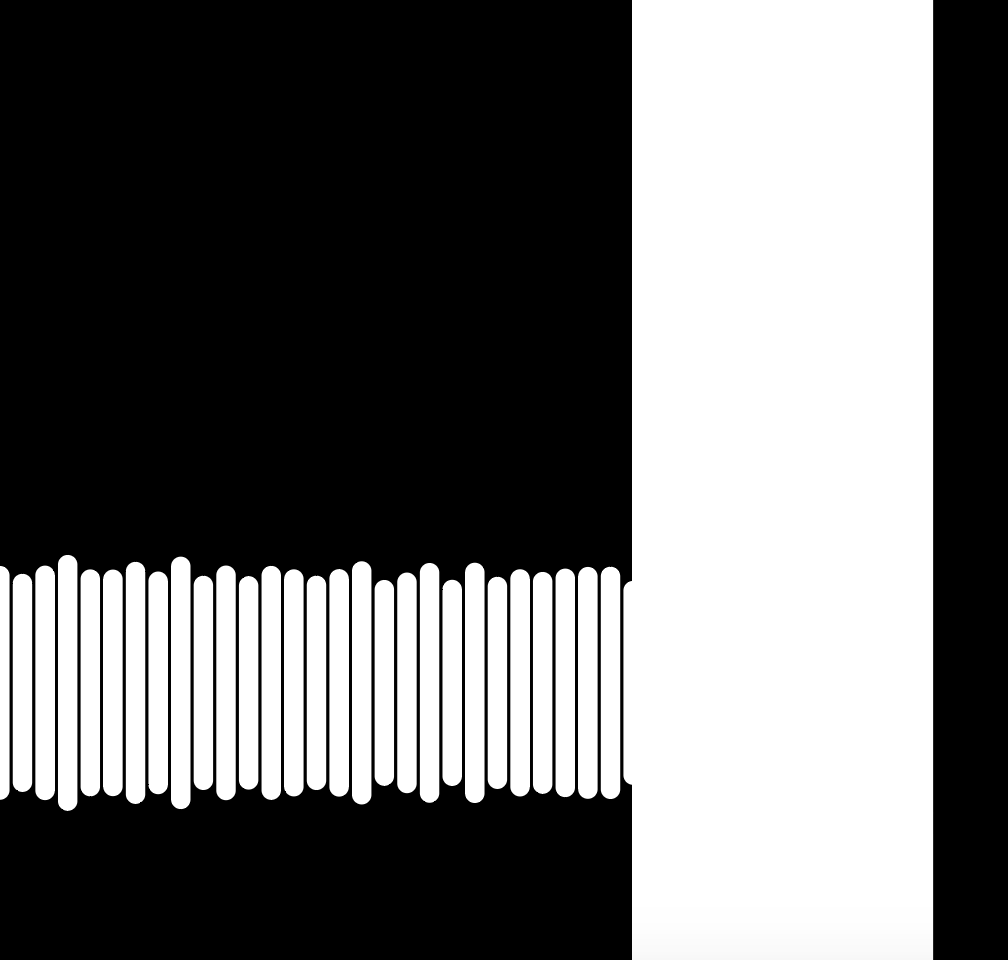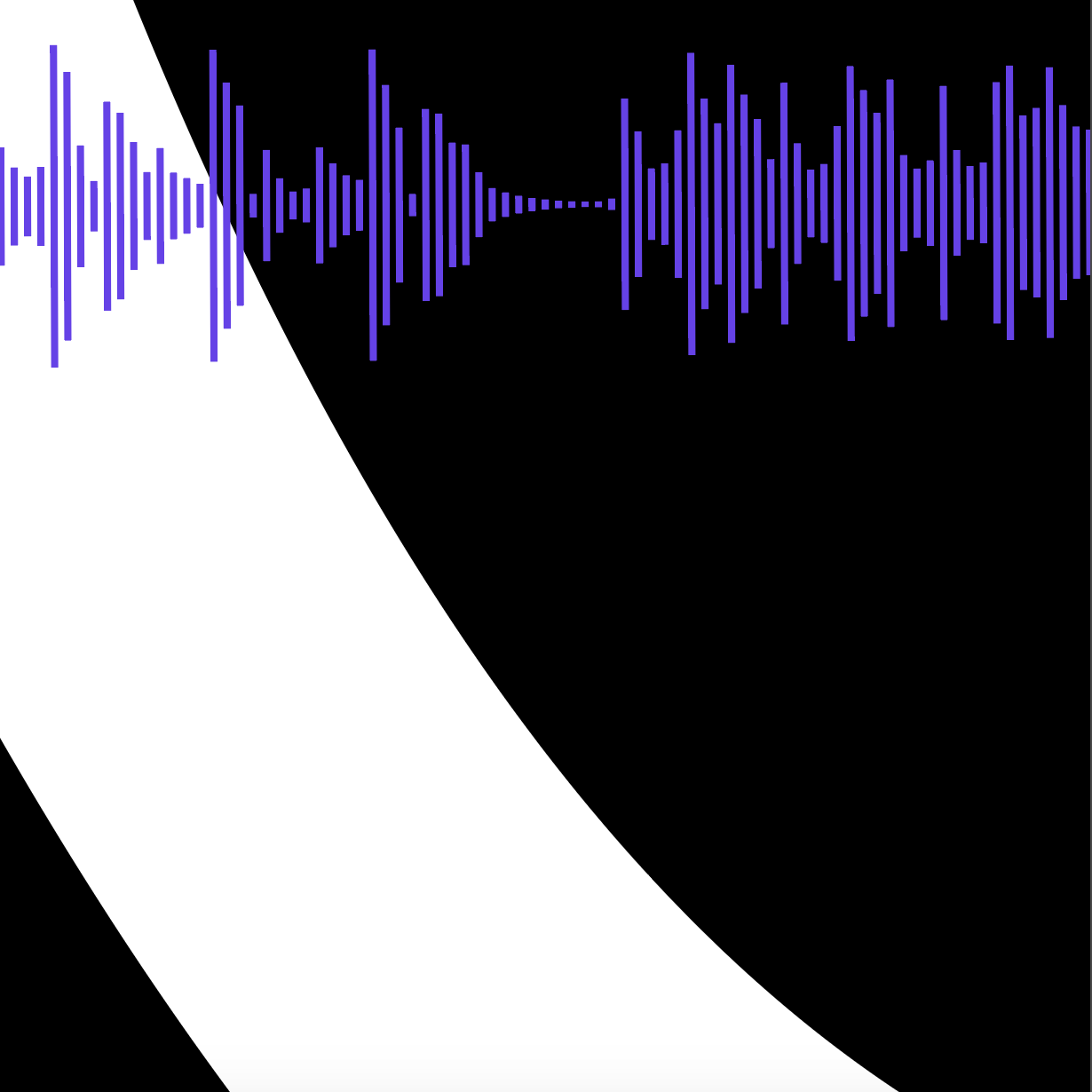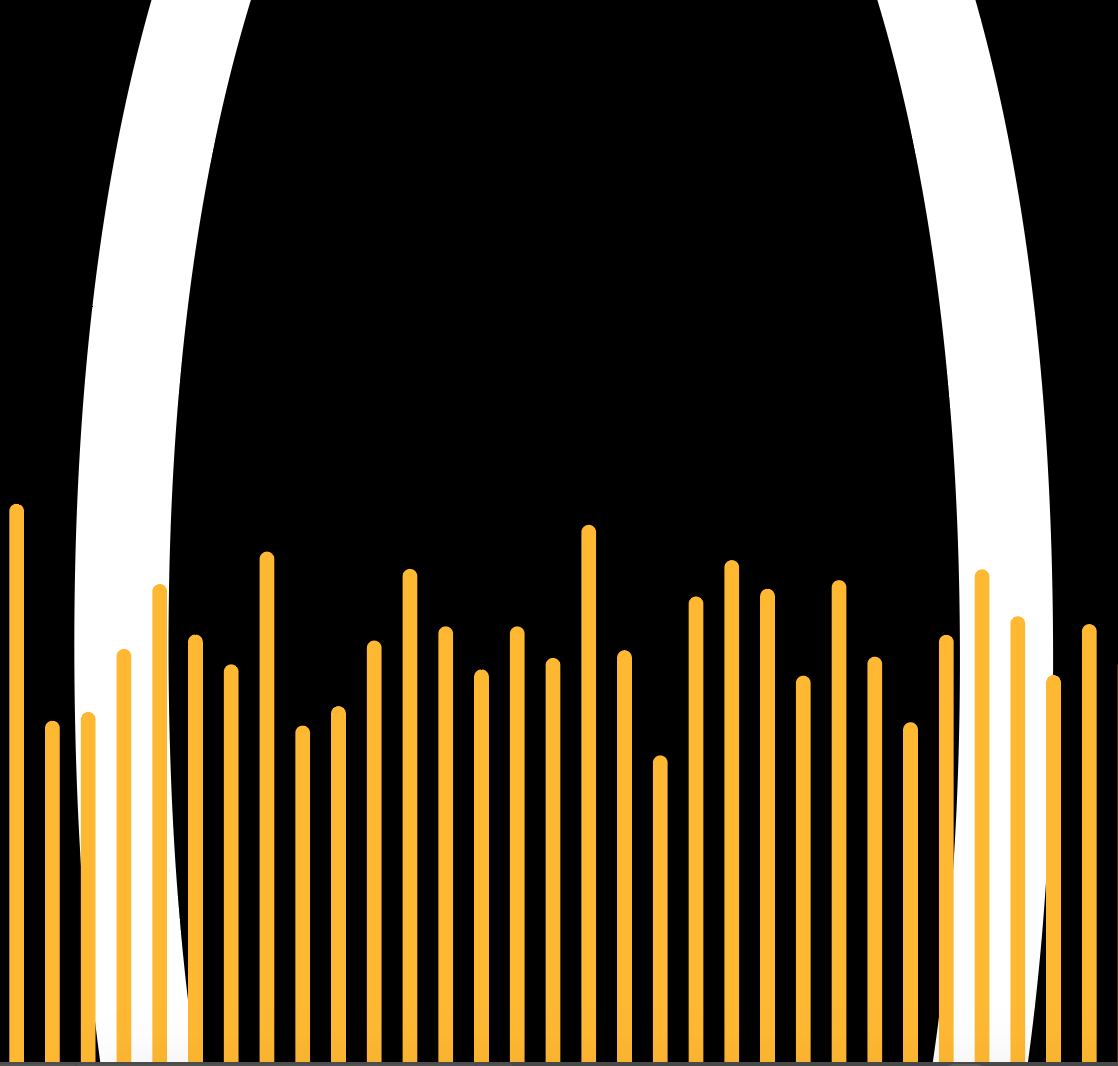Assignment: Use a cell phone to record 5 - 10 minutes of short clips, meant for future use as a sample bank for video performance.
Process: I really enjoy making sample-based music. When looking for audio samples, I often listen for a number of variables— the texture and color of the sound, the harmonic motion in the clip, the content of the sample (whether the literal spoken words or musical meaning). When shifting to finding video samples, a lot of the same qualities from sound are worth considering in video. Just as audio can be manipulated or refined, chopped up and stripped down, video can be too. So, I approached this assignment similarly to how I would capture audio snippets.
I didn’t go out of my way to visit any places in particular; instead I noticed moments in my daily life worth capturing. There are so many possibilities every day! I had an increased attentiveness to my surrounding— at least in spurts— which was a nice side effect of this assignment :P In the first set of clips that I recorded, I had some stable part of the composition and some motion. The clip below is a good example: the trash can and buildings are stable (or at least should have been if my hand weren’t shaking), the scarf is blowing a bit with the wind, and the out-of-focus cars are moving even more. I picked this clip for this motion/stability juxtaposition, but also because I thought the message on the can could be useful in the right context.
This next clip also used this stability/motion contrast but also was just super mesmerizing. I went to an over-the-top lighting store near my house and was totally captivated by all of the crazy fixtures everywhere. This one stood out— it reminds me of the movie Samsara.
I love watching basketball, and I had games on in the background at home quite a bit last week. I shot a few different clips while playing around with my distance/angle to the screen. A friend painted a mural on the wall in my living room, and when the angle is right, the mural reflects off of the tv screen and creates an interesting translucent effect. I’m still trying to get the best shot of this — it does better when the court is painted a darker color — but you can see some of what I’m going for in this clip.
Continuing with the basketball game/TV screen — I captured a little clip of my favorite player, James Harden, but at super close range to the TV. There’s a ton of color, rhythmic motion, and a recognizable face. I could probably use this clip in a lot of ways beyond the obvious of literally referencing Harden (although I very well might do that :)) I took some other shots at super close range that ended up showing the lines/pixelation in the actual screen. Kinda cool, maybe useful, not uploaded here.
I was absent-minded and recorded a bunch of clips in vertical mode. In case I end up doing any performances that need this format, I do have a bunch of material available! I really like this disco ball and its light refraction from 169 Bar.
